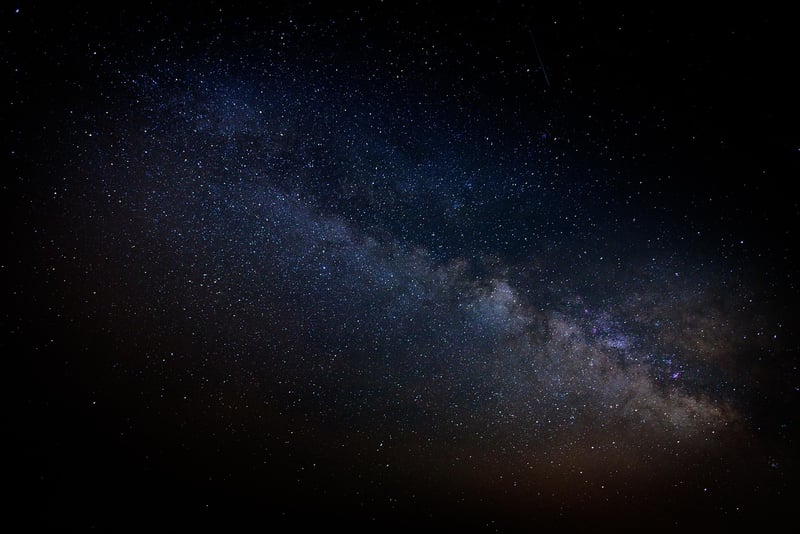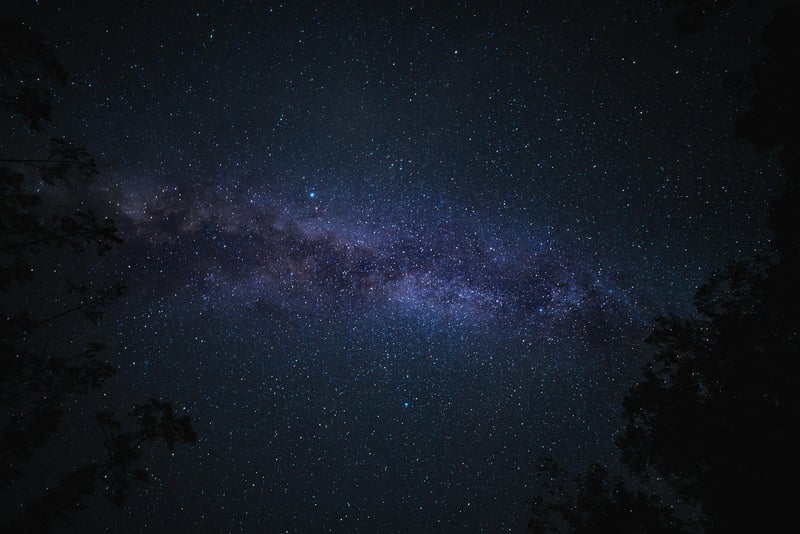Stellar Evolution
Understanding Creation and Stellar Evolution
Introduction
In the vast expanse of the universe, stars are born, evolve, and eventually meet their end in a spectacular display of cosmic phenomena. Understanding the creation and evolution of stars is essential in unraveling the mysteries of the universe.
Formation of Stars
Stars are born within vast clouds of gas and dust called nebulae. The force of gravity causes these clouds to collapse, leading to the formation of a protostar. As the protostar gathers more mass, it heats up and begins nuclear fusion, becoming a full-fledged star.
Stages of Stellar Evolution
- Main Sequence: This is the longest stage in a star's life when it fuses hydrogen into helium in its core, releasing energy and balancing the force of gravity pulling inward.
- Red Giant/Supergiant: As the hydrogen in the core depletes, the star expands and cools, becoming a red giant or supergiant.
- White Dwarf/Black Hole/Neutron Star: Depending on the mass of the star, it can end its life as a white dwarf, black hole, or neutron star through processes like supernova explosions or gravitational collapse.
Key Concepts
- Nuclear Fusion: The process by which stars convert hydrogen into helium, releasing immense energy in the form of light and heat.
- Supernova: A violent explosion marking the end of a massive star's life, scattering elements into space and sometimes leading to the formation of a black hole.
- Black Hole: An extremely dense region in space with gravity so strong that nothing, not even light, can escape its pull.
Conclusion
Stellar evolution is a complex and fascinating process that shapes the cosmos. By studying the life cycles of stars, scientists gain insights into the fundamental forces governing our universe and the origins of elements essential for life.

For more information on stellar evolution, you can visit NASA's website.
